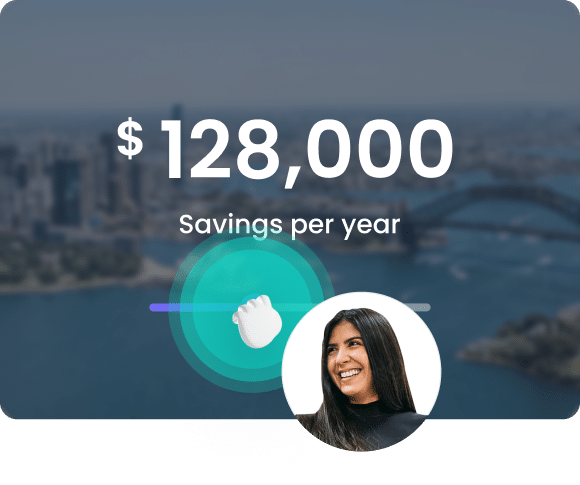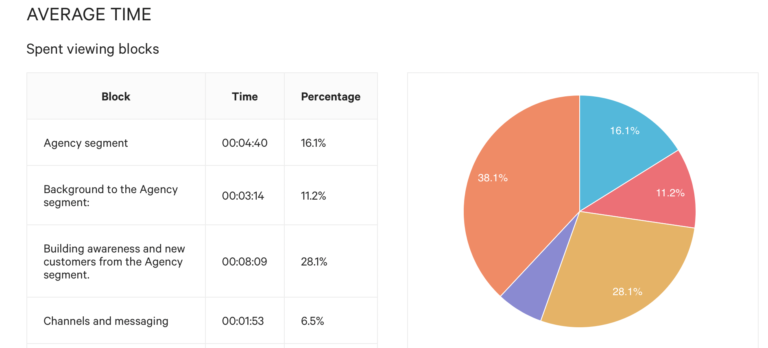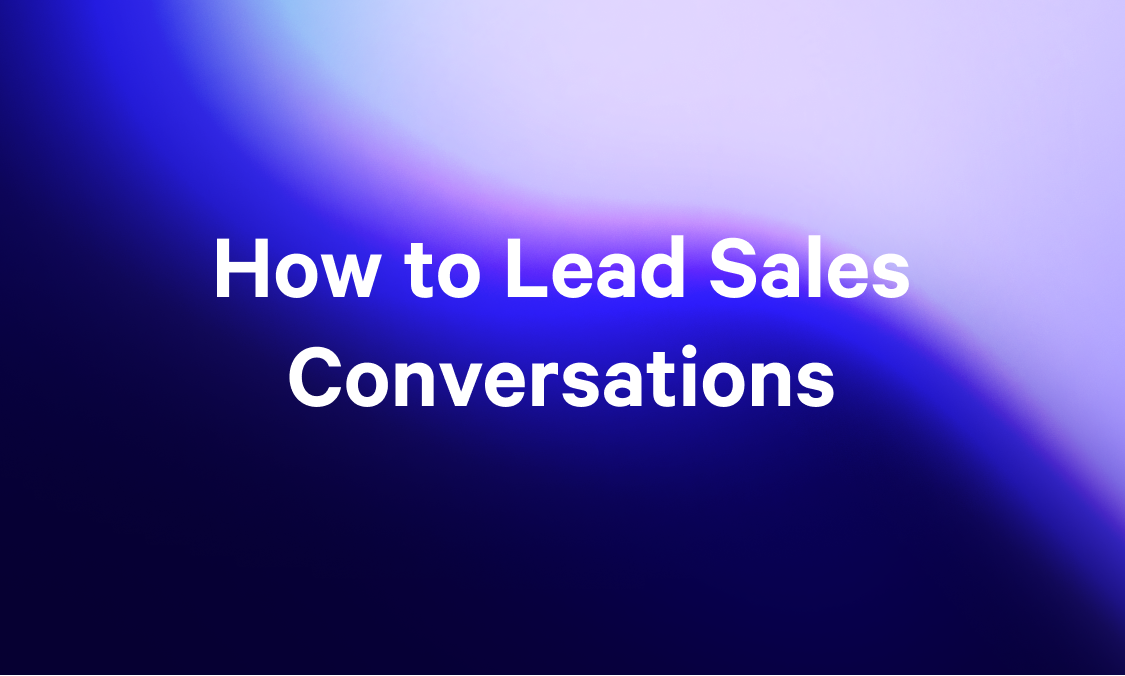As 2021 comes to a close, it’s time to reflect on the past twelve months— what we learned, how we’ve grown, and how to best equip our teams for what lies ahead.
2021 was another year of adapting, perseverance, and uncertainties— likely to continue into the new year, too. Admittedly, what felt like a light at the end of the COVID tunnel, was derailed by new Delta and Omicron strains, lockdowns, and restrictions. But the outlook isn’t all bleak. Innovation continued to grow as organizations around the globe adapted to our new business environments. And as humans, we’ve all found a more profound sense of community and gratitude amidst any situation.
So what should we expect in the new year? This post highlights four B2B sales and marketing trends we expect to be prevalent throughout 2022.
The world is digital and customer experience prevails
Going digital is no longer an option; it’s the norm. 2020 accelerated digital transformation for many organizations and the heightened digital emphasis will continue in 2022. Expect virtual selling and exceptional digital customer experiences to be dominating themes in the new year.
From new sales to customer expansion and contract renewals, B2B buyers overwhelmingly prefer a virtual selling or self-serve digital model, including self-serve advertising platforms that allow them to control their ad campaigns directly. We don’t see that changing any time soon.
According to McKinsey research, 70-80% of buyers prefer a remote selling or digital self-serve purchasing experience. Gartner research cites the same thing— B2B sales interactions will continue to rise in the next five years. The shift from in-person selling has not intimidated or limited buyers in their digital spending either, with 32% willing to spend up to $500,000 and 27% ready to spend over $500,000. Needless to say, these stats are great news for brands who have invested in their digital customer experience and equipped remote sellers with the tools to sell more effectively.
For brands who haven’t invested in their digital customer experience, now is the time! Research by Forrester shows buyer patience and digital experience forgiveness are wearing thin. In fact, 6 out of 10 buyers believe that companies should’ve figured out how to handle the pandemic disruption by now, and 58% expect organizations to be better positioned to handle future crises. In other words, companies need to be prepared to pivot, pivot faster, and continue business virtually without skipping a beat.
Digital transformation isn’t just a buzzword or about sending PDFs to customers. Rather, it’s about using technology to do what you already do, but better. According to the 2021 Buyer Experience Study, 79% of buyers are frustrated with current sales processes, and 59% desire a simplified, streamlined experience. Exceptional digital experiences are customer-centric and streamlined for how your customers prefer to do business. The brands that understand and deliver a memorable digital experience are the ones who will prevail in 2022.
Adjustments for sellers
- Review your buyer communications. Large file sizes (PDFs and PowerPoint), formats that require software downloads, and plain Word documents provide a subpar reader experience. Proposal software like Qwilr enables more creative seller capabilities, like video demos, embeddable calendar links, and other features for a vastly improved reader experience. To see what’s possible, book a demo now.
- Because virtual buyers are not afraid to spend, review your pricing presentation in your proposals. Is it clear? Are you allowing for possible upgrades, or are you minimizing your offer to keep the pricing low? Configurable pricing is interactive and will enable buyers to see all the options and select those that best meet their needs. Learn more about presenting prices, deal acceptance, and e-signatures options.
Demonstrating value will win the deal
Remember the days when building a great rapport with your buyer would tip the deal odds in your favor? Guess what— this trend, too, has shifted, and new research shows it’s less about relationships and more about demonstrating brand competence and product (or service) value.
Recent Forrester research shows 17% of B2B buyers look for competence demonstrated during the buying process, the most significant driver of purchase choice over the relationship with the sales rep (5%) or customer references (6%). Earlier Forrester research also indicates that 74% of buyers work with sales reps who demonstrate value. In short, relationships are essential, but at the end of the day, how well sellers illustrate value is what will win the business.

The pressing need for sellers to visualize value was also a driving force behind Qwilr’s recent ROI calculator launch. Price, without the context of value, will always seem expensive. With budgets closely scrutinized, buyers search for solution partners to help them determine a clear return on investment (ROI). Thus, those that can demonstrate the value of a solution will win more business in 2022.
Adjustments for sellers:
- Prove the value of your solution in every sales proposal you send. Learn how an ROI calculator works and how to customize it for your usage. ROI calculators can be a sales game-changer— request a demo to see it live.
To personalize is to understand your buyer
Think again if you think personalization is just merging in a name or company name. By definition, “personalization” is “the action of designing or producing something to meet someone’s individual requirements.” (Oxford Languages)
The important terminology in the Oxford definition and to this 2022 trend: “to meet someone’s individual requirements.” Effective personalization involves deeply understanding your buyer and listening to their unique needs.

Analysts predict 75% of seller efforts to create automated, personalized engagement won’t meet ROI goals because of inadequate buyer insight. This is not to say that integrating your marketing proposal software with your CRM to automate collateral creation is ineffective or not a worthwhile effort, but deeper buyer insights should also be included in your proposal. In 2022, only 10% of B2B organizations will identify metrics to measure the value created for buyers during the buying process— which again speaks to the trend about demonstrating value in your sales proposals.
To improve personalization, sellers should focus on understanding the customer’s needs, honing discovery call questions to uncover buyer pain points and objectives, using this knowledge to populate the problem statement in your sales proposal, and visualizing value and alignment to the buyer’s goal with an ROI calculator.
Buyers can tell when little to no effort was put into a sales document, including sending generic materials. Improving the buyer experience through personalized experiences is a competitive advantage, and the lead over non-personalized collateral will only widen. 64% of buyers want sales and marketing materials customized to their specific needs— they want to know that sellers are listening to them and tailoring a solution to their unique use case. The brands that respect their preferences will come out on top in 2022 and beyond.
Adjustments for sellers
- Integrate your proposal software with your CRM to automate the sales proposal creation process and merge customer and pricing data. Building an asset library of service information and frequently covered topics will also reduce time and creation redundancies. Then, use that time saved to go through your proposal template and add notes that reflect your buyer conversations.
Data analytics will guide seller conversations
Data-driven actions are not a new concept; marketers use data analytics to focus campaigns and steer marketing spend frequently. But 2022 will be the year B2B sellers stop “trusting their gut” and recognize the value of analytics to help them close deals more strategically.
Executives know data drives better outcomes, and companies who leverage data insights are 58% more likely to hit revenue goals. But we’re not talking about big data here. Instead, sellers win by leveraging insights into how prospective buyers use sales materials to tailor future conversations. For example, knowing when a proposal is viewed, the number of views, and the sections viewed the longest indicate active buyer interest, and savvy sellers will capitalize on the insights to move deals forward.

Adjustments for sellers
- All Qwilr proposals include analytics of how and when a document is viewed. Use the viewing alerts to guage buyer responsiveness to your communications, the viewer information to see if your proposal is being shared, and the average time per block to know which sections are of interest most. Sections with longer viewing time may indicate more interest which enables sellers to focus follow-up conversations accordingly. Also, review your sent proposals holistically. Sections repeatedly skipped over (or minimal viewing time) may indicate that the block is of low interest and could be a foldable block instead. For sales leaders, analyzing proposals sent vs. proposals accepted will provide insight into an individual rep’s overall proposal effectiveness and open the conversation of making adjustments.
Closing thoughts
Like 2021, global economic uncertainties and pandemic recovery efforts will persist in 2022. However, organizations that continue to invest in the digital customer experience, seek to deepen the level of buyer personalization, demonstrate value, and leverage buyer insights will emerge victorious in any selling environment and well-positioned for a prosperous future.
About the author

Brendan Connaughton|Head of Growth Marketing
Brendan heads up growth marketing and demand generation at Qwilr, overseeing performance marketing, SEO, and lifecycle initiatives. Brendan has been instrumental in developing go-to-market functions for a number of high-growth startups and challenger brands.



